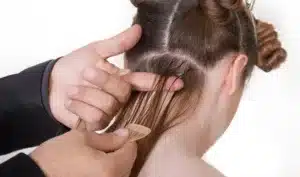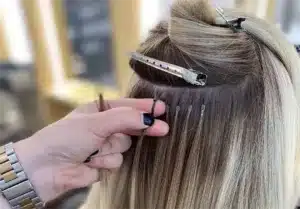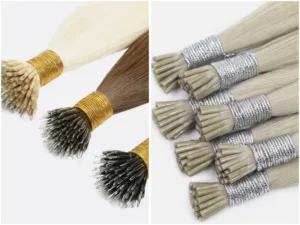Clients want instant results—volume, length, fullness—without long-term commitment. Temporary hair extensions are the perfect solution. No glue. No bonds. Just a quick transformation and a clean removal by the end of the day.
Temporary hair extensions are non-permanent, easy-to-apply solutions that add length and volume instantly. They include clip-ins, halo extensions, and ponytail extensions, lasting from a few hours to several months depending on hair quality, frequency of use, and maintenance.
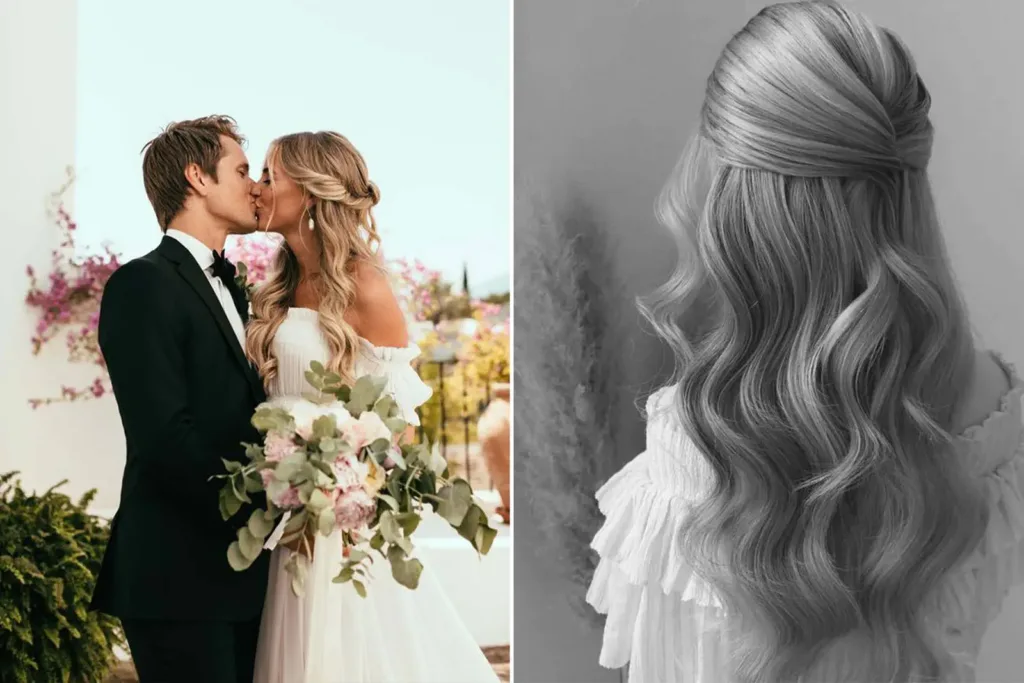
Temporary extensions aren’t just for one-off events. They’re also strategic tools for professional stylists who want to offer versatile, low-maintenance, and reusable options to their clients.
What Are Temporary Hair Extensions?
Not every client wants to commit to permanent installation. Some need volume for the weekend. Others want to try a new look without the maintenance. This is where temporary hair extensions shine.
Temporary hair extensions are designed for short-term use. They can be applied at home or in a salon, then removed at the end of the day. Unlike fusion or weft methods, they don’t involve heat, beads, or adhesives. This makes them ideal for special events, vacations, photography sessions, or even just a self-confidence boost.
Types of Temporary Hair Extensions?
Let’s break down the most popular types of temporary extensions and how they serve different clients.
Clip-In Extensions
These are the go-to option for beginners. They come in wefts with small, secure clips attached at the base. Clients can section their hair, clip the extensions in, and remove them just as easily.
- Great for everyday wear or special occasions
- No salon needed
- Available in various lengths, textures, and densities
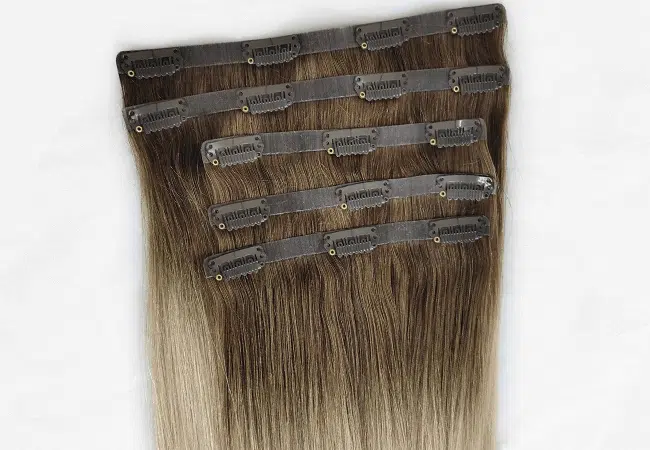
Halo Extensions
Halo extensions are designed with a thin invisible wire that sits around the crown like a halo. The weight of the natural hair keeps them in place.
- Best for ultra-thin or sensitive scalps
- No pressure on roots or natural strands
- Ideal for clients wanting zero damage
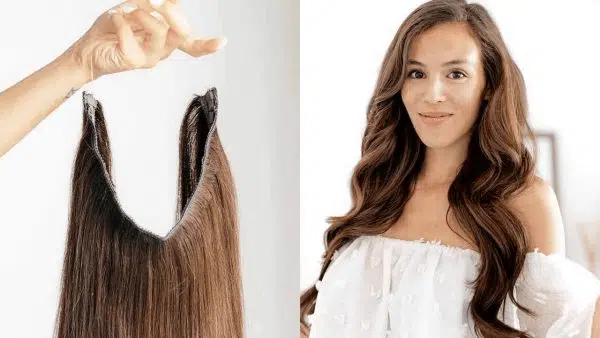
Ponytail Extensions
These are made to wrap around an existing ponytail, instantly increasing length and volume.
- Fastest application of all types
- Suitable for sporty, formal, or everyday ponytail looks
- Easy to remove and reuse
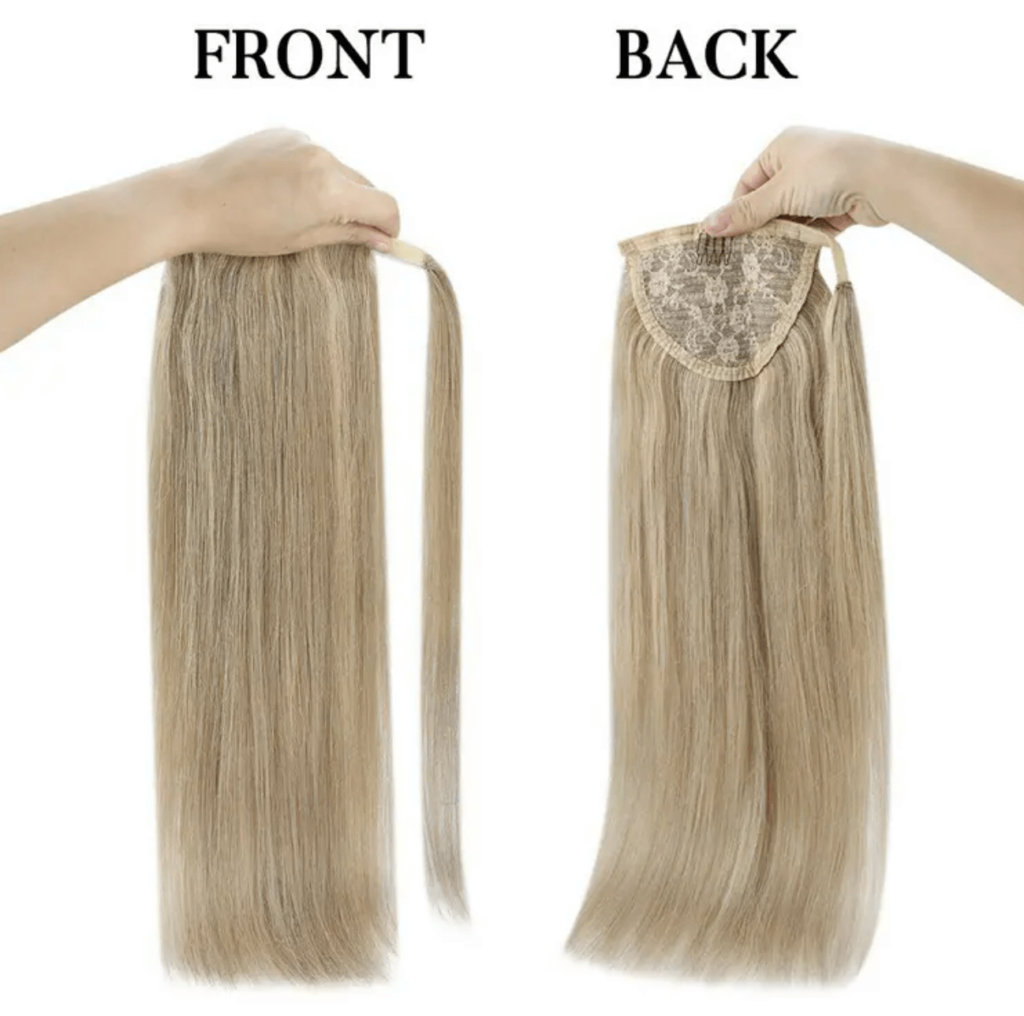
How Long Do Temporary Hair Extensions Last?
Lifespan depends not just on frequency of use but also on hair material. Whether the extensions are made of full cuticle hair, Remy hair, non-Remy hair, or synthetic fiber makes a major difference,and with proper care,not wear everyday.
| Hair Type | Usage Lifespan (Per Wear) | Overall Lifespan | Notes |
|---|---|---|---|
| Full Cuticle Hair | 1 Day | 12–24 months | Highest quality. Reusable with minimal shedding |
| Remy Hair | 1 Day | 4–7 months | Cuticle-aligned but more prone to dryness |
| Non-Remy Hair | 1 Day | 1–3 months | Lower quality, may tangle and matte quickly |
| Synthetic Hair | 1 Day | 1–8 uses | Cannot be styled with heat, often for one-time use |
Stylists should always inform clients that full cuticle human hair—like what we produce at Hibiscus Hair—offers the best performance over time. With proper storage, detangling, and heat control, these can last 1–2 years even with weekly use.

How Much Do Temporary Extensions Cost?
Again, hair material quality is the biggest cost driver. While synthetic options are cheaper, they deliver poor results, especially for high-end clients. Let’s look at both wholesale and retail cost breakdowns:
| Hair Type | Clip-In (Retail) | Halo (Retail) | Ponytail (Retail) | Notes |
|---|---|---|---|---|
| Full Cuticle Hair | $250 – $450 | $300 – $500 | $150 – $300 | Highest cost but longest lasting and reusable |
| Remy Hair | $150 – $300 | $200 – $400 | $100 – $250 | Balanced price and decent quality |
| Non-Remy Hair | $50 – $150 | $100 – $200 | $60 – $120 | Lower price but higher maintenance issues |
| Synthetic Hair | $10 – $60 | $20 – $80 | $15 – $50 | Often single-use, not suitable for heat styling |
Full cuticle extensions cost more upfront but offer better ROI in both resale and repeat usage. For salons and online retailers, offering this premium line means fewer complaints and more loyal clients.
How to Care for Temporary Extensions?
Care instructions should be included with every purchase. But as professionals, we need to reinforce proper aftercare for longevity and performance.
Step-by-Step Aftercare Routine
- Brush Properly
Always start from the tips and work upward. Use a loop brush or a soft bristle paddle brush. - Wash Gently
Use lukewarm water, sulfate-free shampoo, and rinse thoroughly. Only condition mid-shaft to ends. - Air Dry Only
Pat dry with a towel and lay flat on a towel or hanger. Avoid blow-drying. - Store Smart
Use the original box or a zip bag. Keep away from moisture, dust, or heat sources.
Material-Specific Tips
- Full Cuticle Hair: Use leave-in conditioner and avoid over-washing. It can handle styling tools with heat protectant.
- Remy Hair: Use moisture masks weekly to keep it hydrated.
- Synthetic Hair: Avoid heat, and use fabric softener spray to reduce frizz after use.

What Are the Easiest Extensions to Install Yourself?
Ease of use is one of the biggest advantages of temporary extensions. For clients without stylist support, here are the easiest options:
| Type | Difficulty Level | Ideal User |
|---|---|---|
| Halo Extensions | ★☆☆☆☆ | Absolute beginners, no tools |
| Ponytail Extensions | ★★☆☆☆ | Intermediate, easy wrap design |
| Clip-In Extensions | ★★★☆☆ | DIY-savvy clients with mirror |
If you’re a stylist, offer these to clients who travel often or want extensions for temporary occasions like maternity shoots, parties, or business trips.

My Opinion
I’ve seen firsthand how temporary extensions serve two kinds of buyers: clients who want easy glam for a night, and salon owners who want fast-moving retail. At Hibiscus Hair, we only produce full cuticle human hair clip-ins, halos, and ponytails. Why? Because that’s what delivers the silky, tangle-free experience professionals expect.
If you’re running a salon or wholesale business, temporary extensions are a low-effort, high-return product line. They’re easy to upsell, easy to restock, and easy for clients to fall in love with.
FAQ
Q: Can temporary extensions damage my hair?
A: No. Since there’s no glue, heat, or sewing, they’re the safest option for sensitive scalps.
Q: Are these good for thinning hair?
A: Yes. Halo extensions are ideal because they don’t tug on fragile roots.
Q: Can I sleep in clip-ins?
A: No. Always remove them before bed to avoid tangling and breakage.
Q: How do I choose the right color?
A: Match the mid-length of your natural hair, not the roots or tips. Professional color rings help with accuracy.
Q: Can I dye temporary extensions?
A: Yes, if they are 100% human hair. Avoid bleach; stick to toners or deposit-only dyes.
Q: Are synthetic temporary extensions worth it?
A: For single-use or costume events—yes. But for real use and client satisfaction, full cuticle human hair performs far better.
Q: How many clip-ins are needed for a full head?
A: Typically, 7–10 pieces for a full transformation. It depends on head size and desired volume.
Q: Can I use heat tools on them?
A: Yes, with human hair. Always apply heat protectant and avoid the root/base area.
Q: How should I store them when traveling?
A: Use a silk bag or a box. Always detangle and coil gently to avoid friction damage.
Q: Do temporary extensions hold curls well?
A: Full cuticle hair holds curls best. Remy hair can hold moderate curls. Synthetic hair often cannot hold heat-styled curls.
Conclusion
Temporary hair extensions are the most flexible, beginner-friendly, and profitable product line for salons and stylists. Choose full cuticle hair for quality, longevity, and client satisfaction.
where to buy hair extensions
Hibiscus Hair Manufacturer has been dedicated to producing high-quality hair extensions for 25 years and is a recognized leader in the industry. If you are interested in finding a reliable hair extensions supplier and wholesale for your brand, please visit our website for more information:
CLIP IN HAIR

